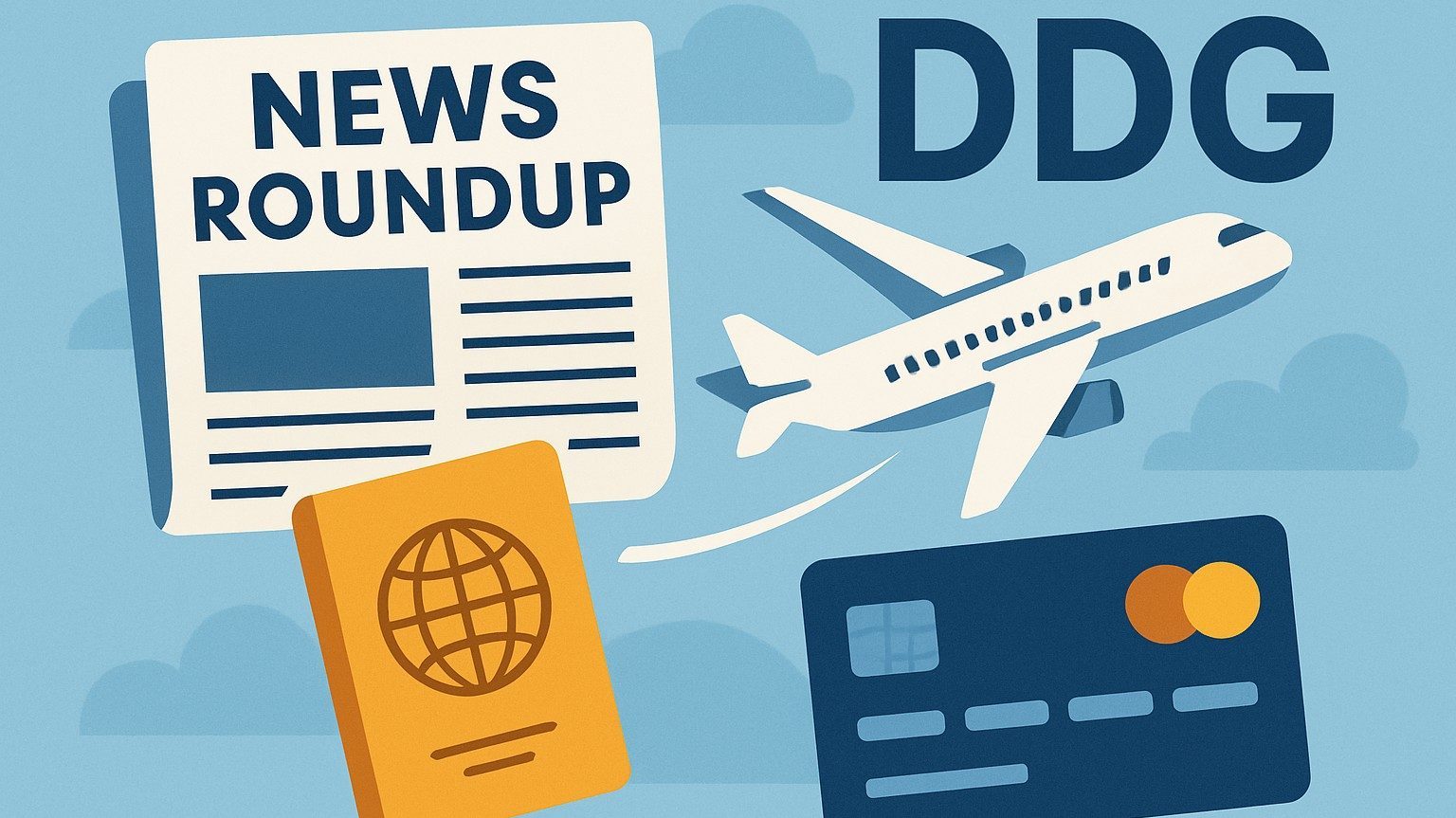Uber’s new prepaid passes—offering riders reduced rates on frequently traveled routes—are designed to appeal to those who consider the rideshare’s services too expensive. Beyond encouraging loyalty among Uber riders, the program also helps the company manage its overall costs.
Unveiled this week, the prepaid passes are sold in bundles of 5 to 20 rides, with discounts of up to 20% depending on the number purchased. The passes also shield riders from surge pricing.
“The prepaid option makes great sense operationally for Uber,” said Jordan Hirschfield, Director of Prepaid at Javelin Strategy & Research. “By creating stored value accounts, they can create a more consistent recurring user model by banking money upfront as a balance sheet liability.
“But at the same time, they are reducing the number of credit card transactions they process, reducing fees paid out to offset any margin losses on reduced fares,” he said. “In essence, they increase loyalty against competition and use the costs savings to supplement the reduced fares.”
Which Market Will Emerge?
The passes may appeal most to commuters, but that represents a fairly limited market. Since they expire after 30 days, they work best for riders making consistent, repeated trips.
However, the one-hour ride window can be inconvenient for workers who need to arrive at their jobs at specific times.
Uber has also extended the passes to teen accounts, which may open a stronger market. Younger riders could use them for regular trips home from after-school activities or other scheduled outings.
Flexibility in Payments
Uber has been exploring new ways for riders to pay, aiming both to reduce costs and to offer more flexibility in payment options. Alongside its prepaid offering, Uber expanded its price-lock feature after a trial run in a handful of U.S. cities. The program lets customers lock in fares for up to 10 routes at a monthly fee of $2.99.
Last month, Uber also began accepting cash payments for rides in dozen of U.S cities.
Marketed as a way to make rideshare services more accessible to the unbanked and underbanked, the move has also raised concerns among drivers about the safety risks of carrying significant amounts of cash.
Disclaimer: This story is auto-aggregated by a computer program and has not been created or edited by finopulse.
Publisher: Source link








